I am trying to understand the concept of code coverage and a complete novice to this topic. I am using Eclemma to measure the code coverage of an open-source code. Can somebody help me to know what are important insights I should consider into the below snapshot?
1 Answers
Code coverage is a metric, which expresses which portion of the (application) code gets executed when you run your test cases. However, it is just a measure of completeness; it provides no information about how thoroughly the executed code was tested by the test cases.
In your screenshot, the third line of the table (src/main/java) is a relevant one. It expresses that the application code consists of 3,846 (bytecode) instructions; out of these, roughly 67% were executed (presumably by the automated test cases residing in src/test/java). This means that the test cases cannot reveal any fault in one third of the whole application because the test cases do not touch that code at all. The remaining code (other two thirds) is executed by at least one test case. Test cases can reveal faults in this code; how effectively they do depends on their used input data and oracles.
Note that it is often not possible or sensible to achieve 100% coverage.
- 2,542
- 2
- 23
- 35
